Reifenberg
Also known as Oberreifenberg or Riffenberg, the castle is nestled in the Taunus Mountains north of Konigstein by the town of Oberreifenberg. There is not much left of the original structure and one cannot currently enter either the keep or the remnant of the Wohnbau, or living quarters. Nevertheless, the castle is still worth a visit in part because of the beautiful Taunus countryside.

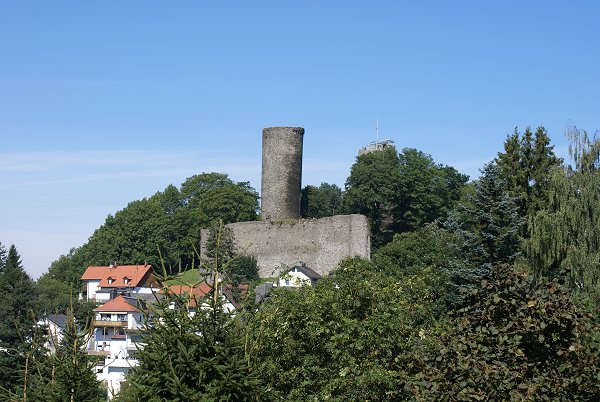
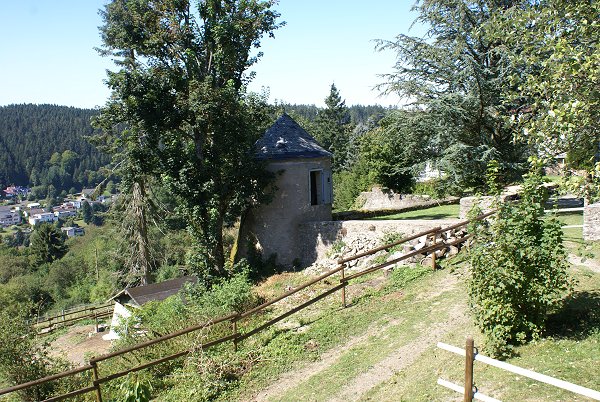
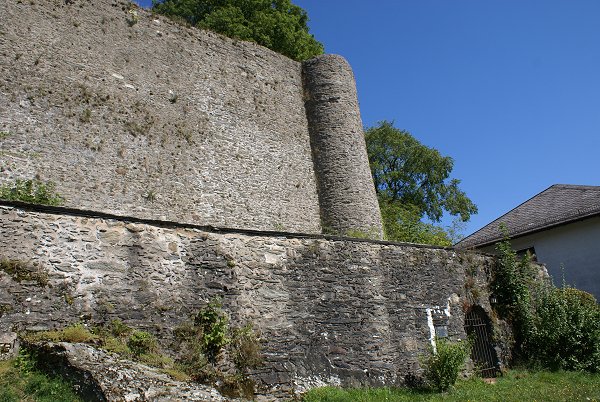
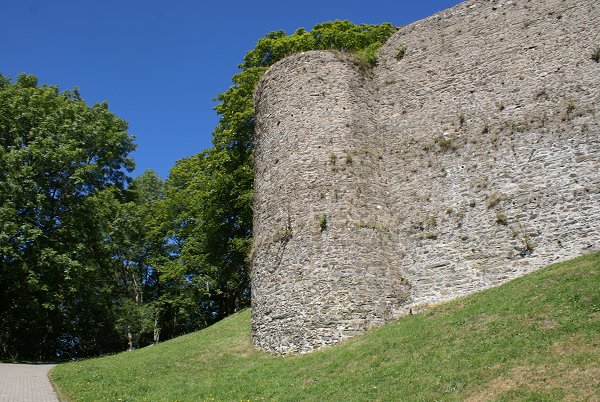

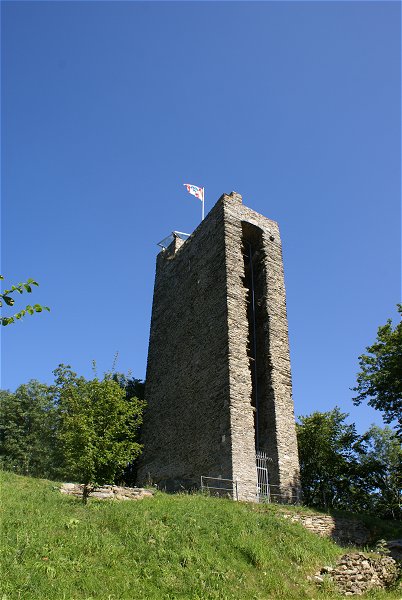
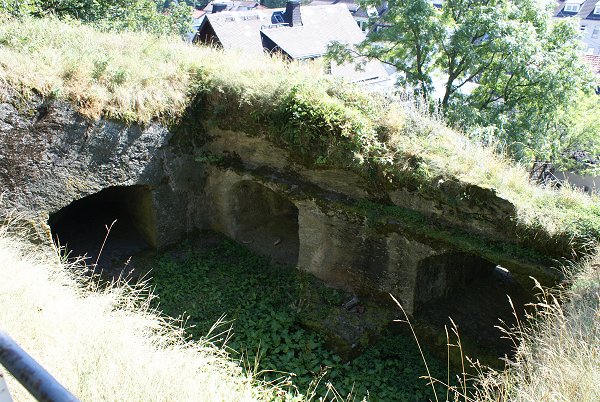
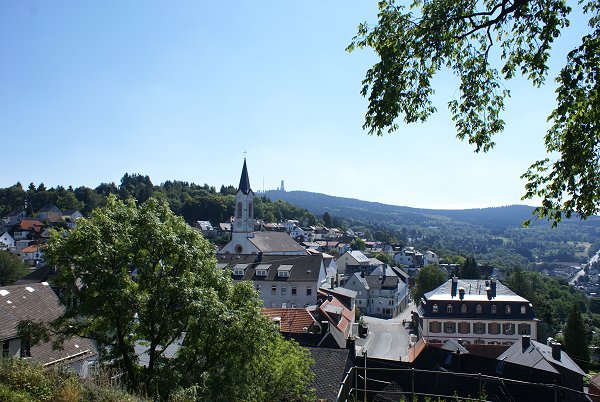


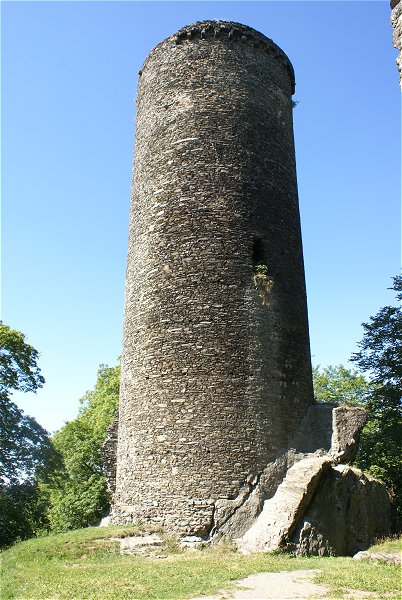
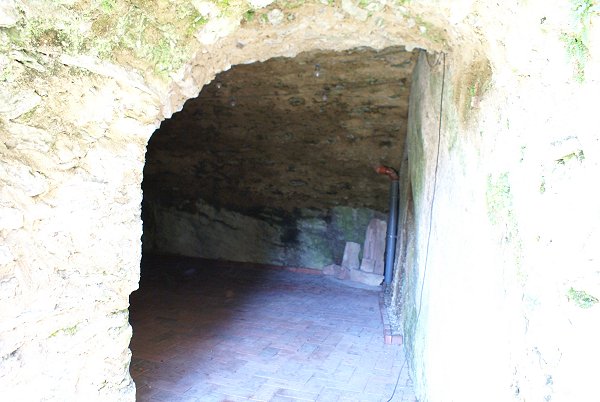
The castle's original date of construction is uncertain, though there is some evidence that another smaller castle was on the site prior, dating back perhaps to the 900s. It was first mentioned in documents in 1234 as owned by the lords of Reifenberg.
The Reifenberg family engaged in a number of local and regional disputes in an effort to not only expand their influence but also to counter divisions within as the family collapsed into competing stems. By 1384, the castle belonged to what can best be described as a consortium of various families: the Reifenberg, Hatzfeld, Cleeberg, Kronberg, Stockheim, and Friedberg being the most prominent. In 1587 (or 1591, sources vary) the castle was destroyed as a way for the Waller line of the family to consolidate power. Nevertheless, it was rebuilt only to change hands several times during the Thirty Years War before again being destroyed in 1646. For close to eight years the castle crumbled only to again be rebuilt. It changed hands several times as the stems of the Reifenberg family died out between 1665 and 1745. The castle was finally destroyed by the French in 1689.
At one time the castle's defenses were integrated with that of the town. The Wohnturm was 4.5 x 11 meters across, with walls just under a meter thick. It had as many as five floors and rose 19 meters above the base of the inner ward. It is worth noting that this meant each floor averaged about 12 feet in height, which happens to be the working average for many modern buildings today. The keep was 8.5 meters in diameter with walls 2.5 meters thick. It stood 25 meters high. If these measurements are accurate for the structure in 1654, then it appears that the engraving of the castle by Matthäus Merian shows the tower out of proportion to the Wohnturm.
Left above, a view showing the massive shield wall that is extant.
Left, part of the Vorburg, or forward castle, that protected the inner ward.
Above, two views of the shield wall. Below the wall (in the right photo) is a lower section with some passages and storage rooms.
Left, the Bergfried, or keep. This is a modern rebuild, but unfortunately is closed.
Below is a small portion of the Wohnturm. It was at one time open, but when I arrived it was closed. Nevertheless, the lower photo shows how restoration work allowed for one to climb to the top.
Below, a view into the section below the shield wall, showing several rooms.
Below right, a view into one of the covered rooms that is currently being used for storage. There appears to be some authentic original pieces stored within.
Below right, a section of the outer wall that incorporated the living rock surrounding the site.
Below, another view of the keep. The entrance, like in similar keeps at other castles, is about halfway up the tower. The lower part of the tower would have been used for food storage and a cistern for water. Note that the design and location utilized the nearby rock formations to help protect part of the keep from the assault of rams.
Right, the town of Oberreifenberg as seen from the castle. The tower on the distant rise is one of the fairly common communications towers scattered throughout Germany.